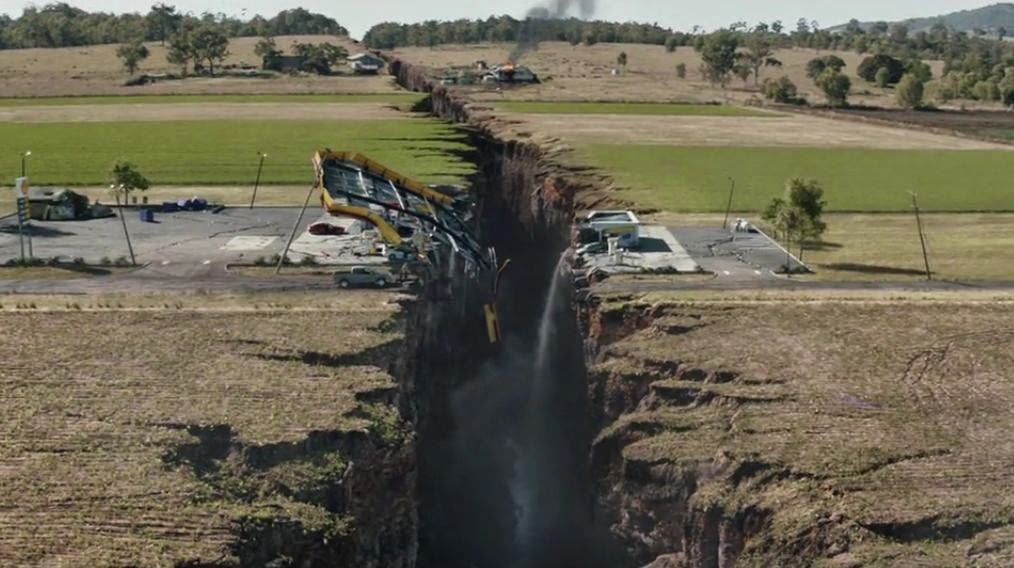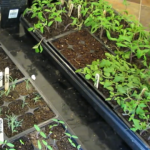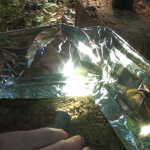California Braces for a Major Earthquake Along the San Andreas Fault

The San Andreas fault is getting national media attention as scientists reaffirm their speculation that a big quake is more likely to strike in the near future than previously estimated. This news comes after more in-depth research into the behavior of plate movement, pressure buildup and the passage of time has uncovered that the fault is reaching a tipping point. Despite these dire predictions, the reality is that California as well as the country is not as prepared as most people think.
The Quake Itself

Due to the characteristics of the tectonic plates in California, scientists do not believe that the “big one” will be greater than a magnitude of 7 or 8. However, that’s still a catastrophic quake. As the Pacific plate slides against the continental plate along the San Andreas fault line, pressure builds. These plates rub against and along each other in opposite directions at a rate of about two inches per year. Since the last major quake along the fault hasn’t occurred for more than 135 years, that’s a lot of pressure that is just waiting to burst. When that does, the result will be catastrophic.
The good news is that scientists believe that the major effects of the quake will be felt in remote areas that are situated along a long valley in the center of the state. This means that major population centers including Los Angeles and San Francisco will be spared the brunt of the force of the quake. The bad news is that many older buildings, roads, subway tunnels and other components of infrastructure are still not strong enough to withstand the forces that are expected to occur. Consequently, it’s expected that entire communities will simply crumble when the quake hits.
The Real Danger

The real risk that emergency planners, FEMA, researchers and scientists anticipate is what will happen after the quake strikes as opposed to the quake itself. Power, water and gas lines that go to coastal metropolitan areas, where the vast majority of residents in California live come from Arizona and Nevada. These lines cross the San Andreas fault and will most likely be severed and destroyed when the “big one” strikes. This means that water, electric and fuel supplies for nearly 50 million people will be completely cut-off. Roads that lead into California from Arizona and Nevada also will most likely be destroyed.
Consequently, access to everything from food, water, medical supplies and electricity will be limited, and government officials admit that it is possible that these disruptions can last for months. Imagine what will happen if some of our largest cities end up becoming isolated from the rest of the country. It would create a humanitarian crisis that will make the aftermath of Katrina seem like a walk in the park. Millions of people will have to face a SHTF scenario the likes of which the modern world has yet to experience.
Unfortunately, most people in California are trained how to deal with an earthquake when it strikes. They are also trained to have a bug out bag and emergency earthquake kit handy everywhere they go. But, they are not prepared or trained to deal with a long-term disruption of, well, everything. The government is also not in a position to mount a massive, coordinated and effective response. How could they? We’re talking about tens of thousands of square miles of are and tens of millions of people.
The only way out will be by boat or airplane, and there’s a good chance that ports and airports will be severely damaged. This means that getting to people can take a long time as well. In other words, the reality, and this is not the stuff of sensationalist disaster reports, is that millions of people will be marooned in the California desert without any reliable access to food, water or healthcare.
Furthermore, the drought that has plagued California has left the ground parched. Fire will be a huge problem that municipal services will simply not be able to address. If and when the “big one” strikes, it will be nothing short of Armageddon of biblical proportions. Entire cities will burn, shelters will vanish and escape routes, as limited as they are, will become impassible. Nobody can really fathom how fire, along with the other devastating effects of the quake, will be a game-changer for California as well as the rest of the country.
Considering that California is the 5th largest economy in the world, one of the country’s leading producers of vegetables, and the technological hub of, well, everything, the knock-on effect of the “big one” can lead to a total societal and economic collapse that will spread across the globe. The best advice is to move out of California, period. However, that is a completely unrealistic expectation despite the fact that it is also the most prudent course of action. Therefore, it is important that people really consider the after-effects of the “big one” and prepare accordingly as best as they can.
The quake that everyone has been dreading is coming. It’s just a matter of time. The real tragedy is that we’ve had more than a century to get ready, yet we are still monumentally unprepared to deal with the aftermath. How will you manage when that day comes? Think about that and do your best to prepare accordingly sooner rather than later.













